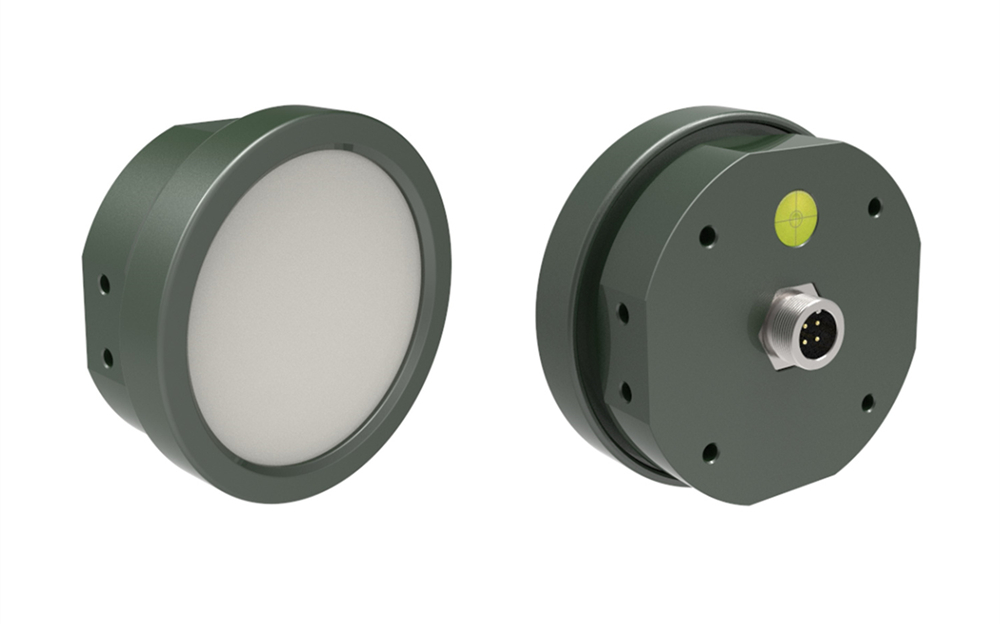Level Sensor for Water: Why Radar Technology Reigns Supreme

Accurate water level measurement is critical. From managing precious drinking water reservoirs and preventing devastating floods to optimizing industrial processes and protecting the environment, knowing the exact water level is non-negotiable. While numerous technologies claim to be the best “level sensor for water,” non-contact radar sensors consistently emerge as the superior choice for demanding hydrological and industrial applications.
The Critical Challenge of Water Level Monitoring
Measuring water level presents unique difficulties:
-
Harsh Environments: Sensors face rain, snow, ice, wind, dust, extreme temperatures, and corrosive atmospheres.
-
Variable Conditions: Water surfaces can be turbulent, foamy, covered in debris, or experiencing heavy waves.
-
Contamination Risk: Contact sensors (like floats or pressure transducers) can foul with sediment, oil, or biological growth.
-
Access & Safety: Monitoring locations are often remote, hazardous, or difficult to access frequently for maintenance.
-
Demanding Accuracy: Decisions impacting safety, resource allocation, and compliance require millimeter precision.
Traditional sensors (ultrasonic, pressure, capacitive, float) struggle with one or more of these challenges, leading to drift, failure, costly maintenance, and unreliable data.
Radar Level Sensors: The Unmatched Solution for Water
Radar technology, specifically Frequency Modulated Continuous Wave (FMCW) radar, overcomes these limitations, establishing itself as the premier level sensor for water:
-
True Non-Contact Measurement: The sensor emits a microwave signal from above the water surface. Nothing touches the water, eliminating contamination risk and sensor damage from debris or corrosive liquids.
-
Unrivaled Accuracy & Precision: Modern FMCW radar sensors achieve accuracies down to ±1 mm (±0.04 inches), even over long distances, providing the reliable data needed for critical decisions.
-
Exceptional Reliability in Adverse Conditions: Radar signals penetrate rain, snow, fog, dust, steam, and temperature variations with minimal signal loss. Performance remains stable where other technologies falter.
-
Immunity to Surface Conditions: Turbulence, foam, floating debris, waves, and changing water density have minimal impact on radar’s ability to measure the true water level.
-
Low Lifetime Cost: Virtually maintenance-free operation due to no moving parts and no contact with the medium. Reduces site visits, cleaning, and replacement costs significantly.
-
Long Range Capability: Capable of measuring distances from meters below the sensor up to 70+ meters (230+ feet), ideal for deep reservoirs, large tanks, or flood monitoring in river basins.
-
Easy Installation & Configuration: Mounts securely above the water line. Modern interfaces and software simplify setup and integration with SCADA, PLCs, or data loggers.
Where Radar Level Sensors Excel for Water Applications:
-
Hydrology & Environmental Monitoring: Rivers, streams, lakes, reservoirs, tidal gauges, flood warning systems, watershed management.
-
Drinking Water & Wastewater Treatment: Inlet works, clarifiers, aeration tanks, final effluent channels, storage reservoirs, lift stations.
-
Rainwater & Stormwater Management: Retention basins, detention ponds, sewer networks (combined sewer overflow monitoring).
-
Industrial Process Water: Cooling towers, process tanks, effluent treatment, boiler feed water.
-
Irrigation & Agriculture: Canal monitoring, storage pond levels, irrigation control.
-
Hydropower: Forebay and tailrace level monitoring, intake control.
Radar vs. Common Water Level Sensor Alternatives
| Feature | Radar Sensor | Ultrasonic Sensor | Pressure Transducer | Float Switch |
|---|---|---|---|---|
| Contact Type | Non-Contact | Non-Contact | Submersible/Contact | Contact |
| Accuracy | ±1-3 mm (Excellent) | ±3-10 mm (Good) | ±0.1-0.5% FS (Varies) | N/A (Switch Point) |
| Affected by… | ||||
| * Foam/Debris | No Impact | Significant Impact | Potential Clogging | Potential Jamming |
| * Vapour/Steam | Minimal Impact | Significant Impact | No Impact | No Impact |
| * Temp Changes | Minimal Impact | Impact (Speed of Sound) | Requires Compensation | Minimal Impact |
| * Corrosion | Immune | Immune | Vulnerable | Vulnerable |
| Maintenance | Very Low | Moderate (Cleaning) | High (Fouling/Drift) | Moderate (Jamming) |
| Long Range | Excellent (70m+) | Limited (~15m) | N/A (Depth) | N/A |
Choosing the Right Radar Level Sensor for Your Water Application
Consider these key factors:
-
Frequency (e.g., 80 GHz vs 26 GHz): Higher frequencies (80GHz) offer smaller beam angles for precise targeting in narrow spaces or near walls, better signal focus, and superior performance on turbulent surfaces. Lower frequencies (26GHz) may be suitable for very long-range or less complex installations.
-
Beam Angle: Narrower beams avoid false echoes from tank walls, ladders, or inflow pipes.
-
Range: Ensure the sensor’s specified measuring range comfortably exceeds your maximum level.
-
Accuracy & Resolution: Match the specification to your operational requirements.
-
Housing & Protection (IP Rating): Essential for outdoor use (IP66/IP67/IP68 minimum, IP69K for harsh washdown). Corrosion-resistant materials (stainless steel, specialized plastics) are crucial.
-
Output & Connectivity: Standard analog (4-20mA), digital (RS485 Modbus), or advanced protocols (Ethernet/IP, PROFINET). Ensure compatibility with your data collection system.
-
Certifications: Look for relevant industry approvals (e.g., SIL, ATEX for hazardous areas, CE, FCC).
Unlock the Power of Superior Water Level Monitoring
Stop compromising with level sensors that require constant attention, drift out of calibration, or fail when conditions get tough. Modern non-contact radar technology delivers the accuracy, reliability, and durability demanded by today’s critical water monitoring applications.
Ready to experience the difference a true high-performance level sensor for water can make? Explore our range of advanced radar level sensors specifically engineered for the challenges of hydrological and industrial water monitoring. Contact us today to discuss your specific application and find the perfect radar solution.
